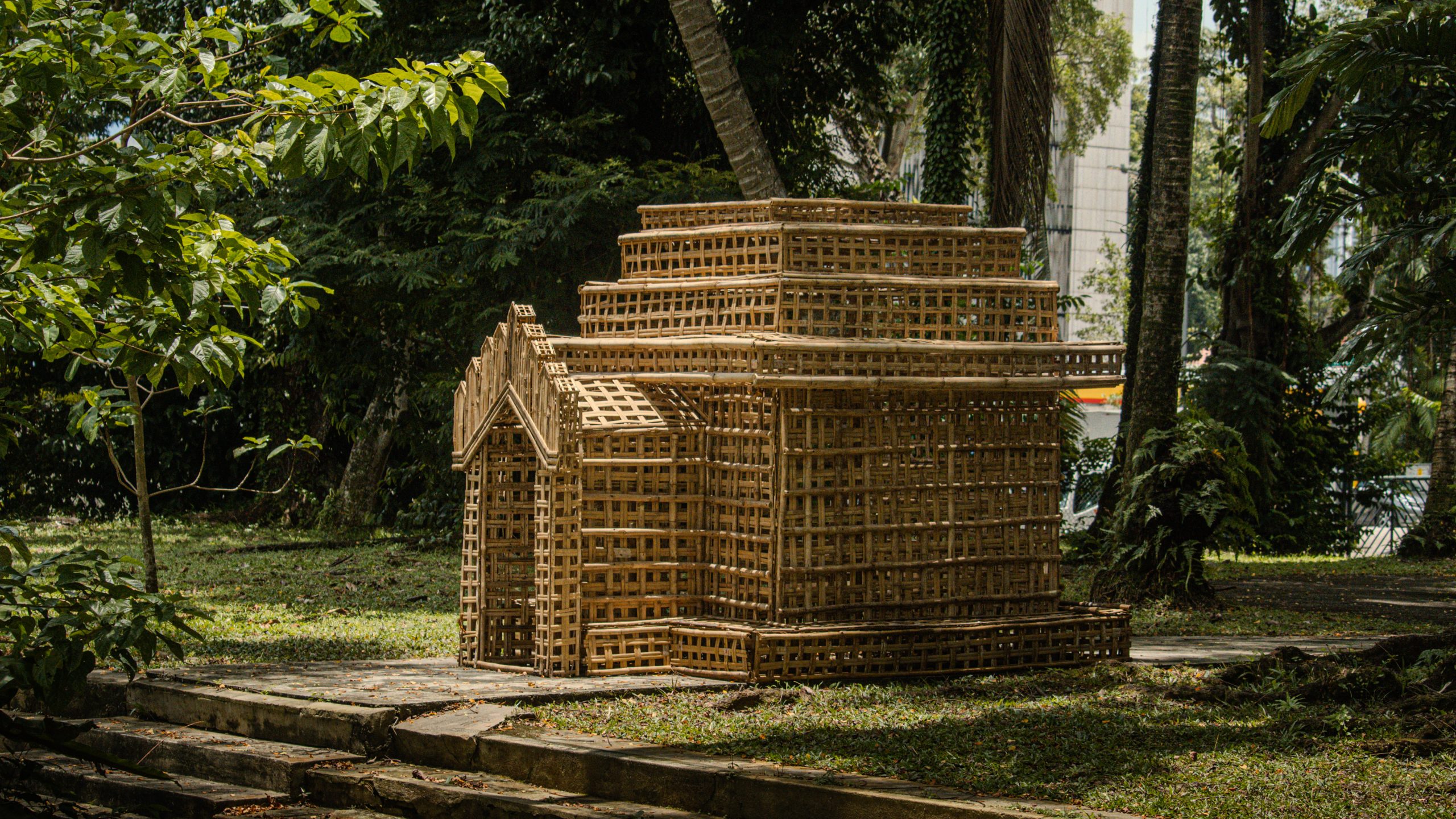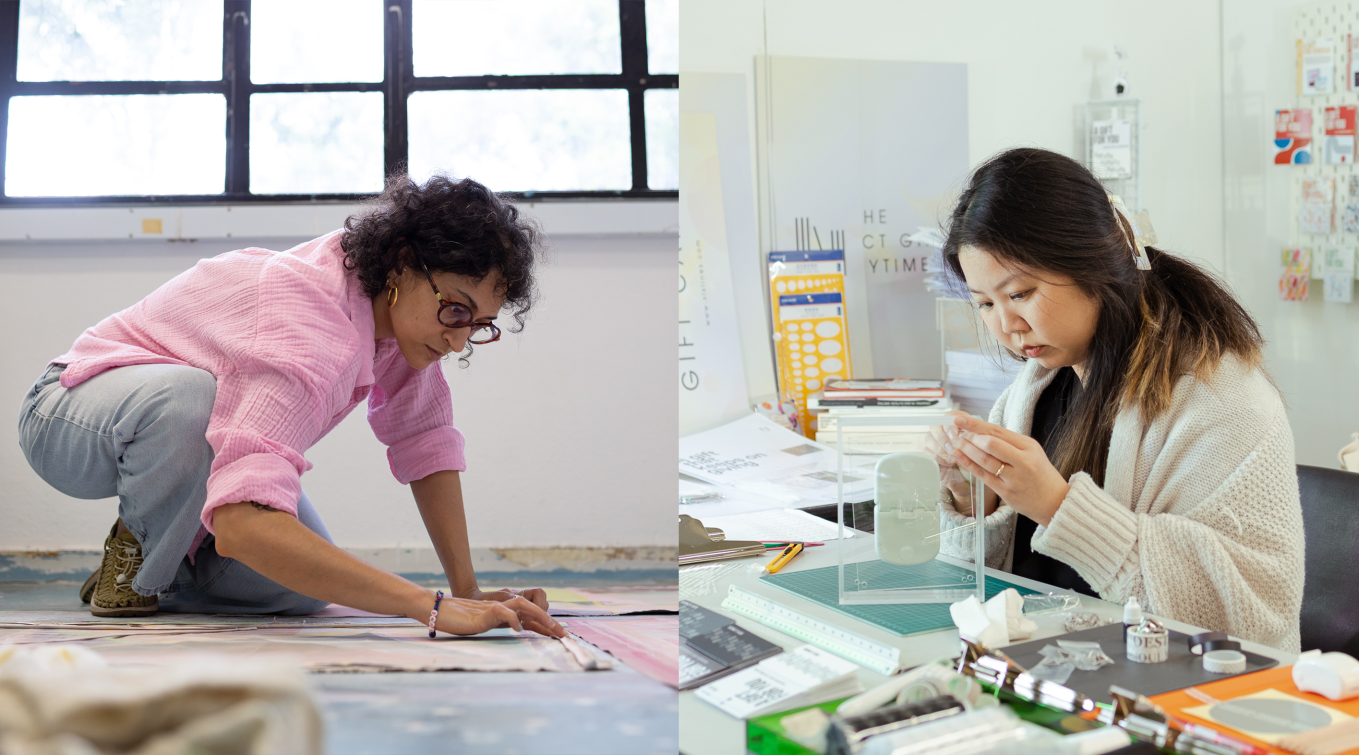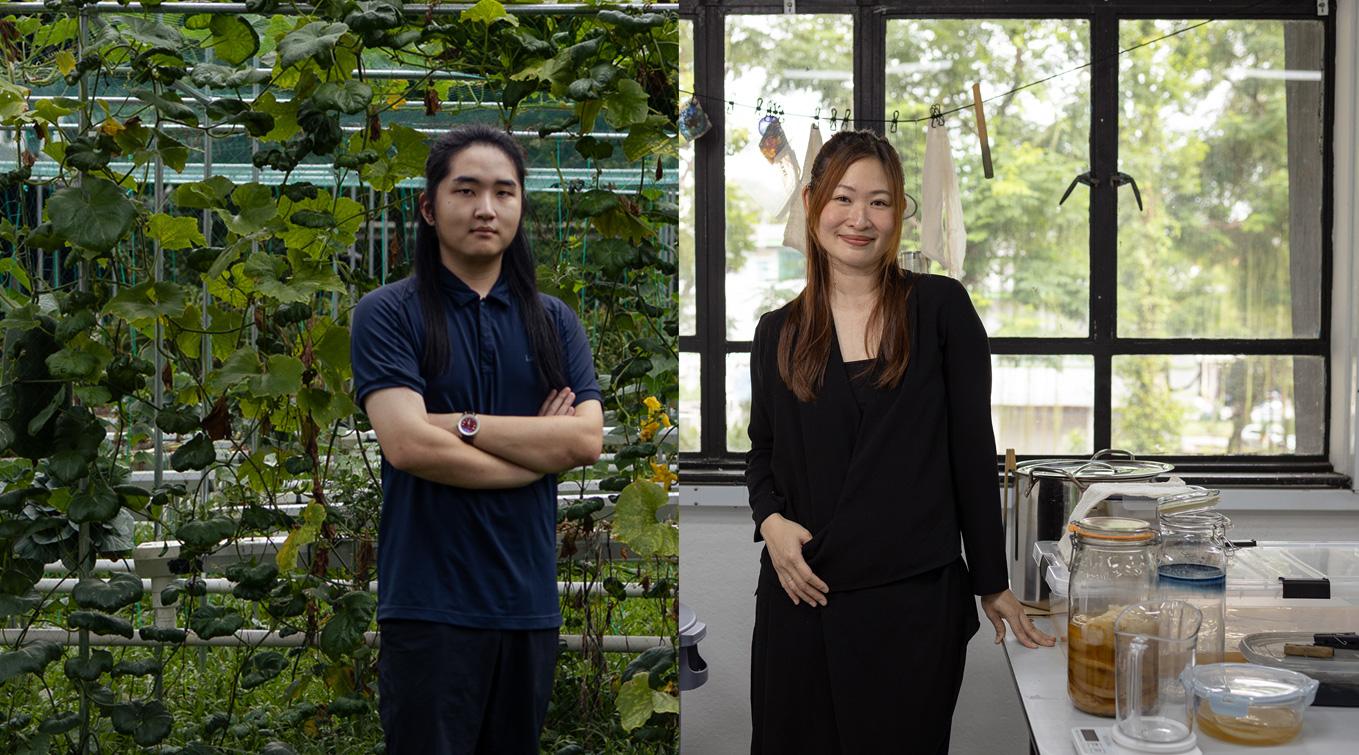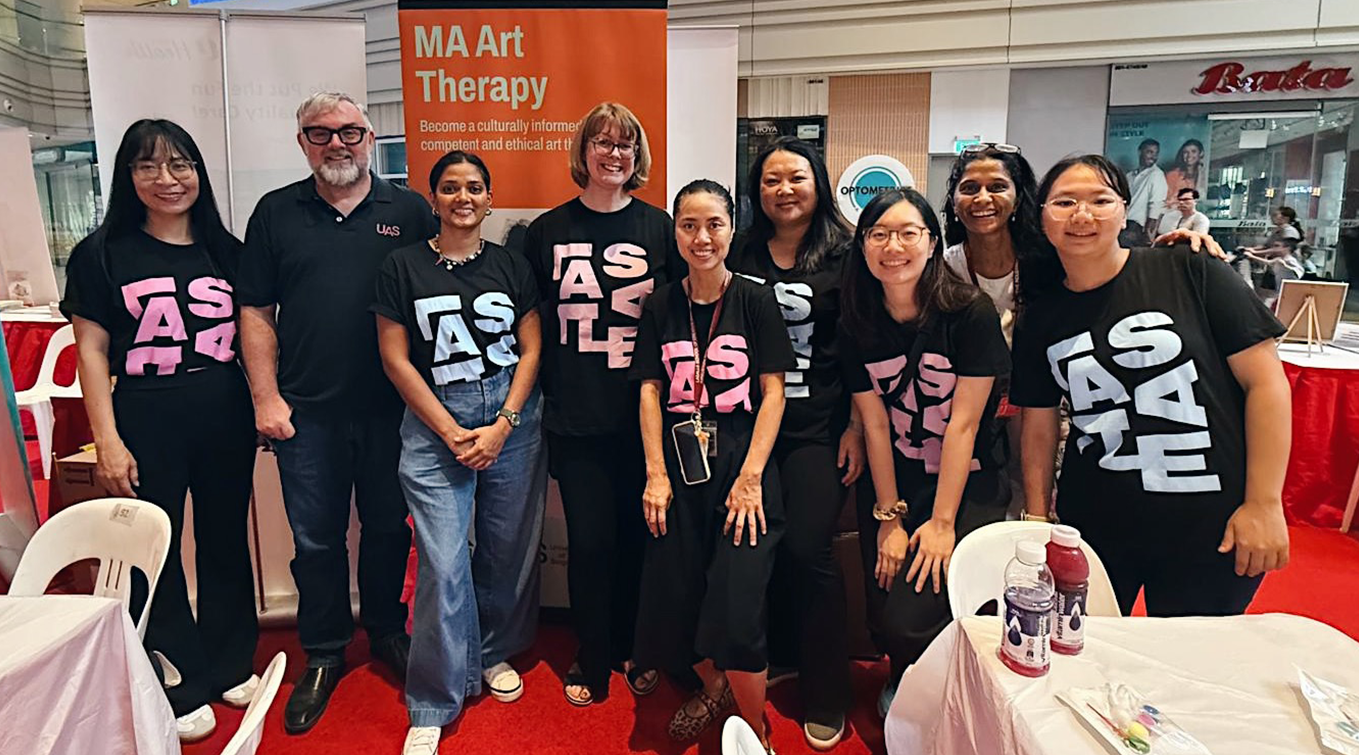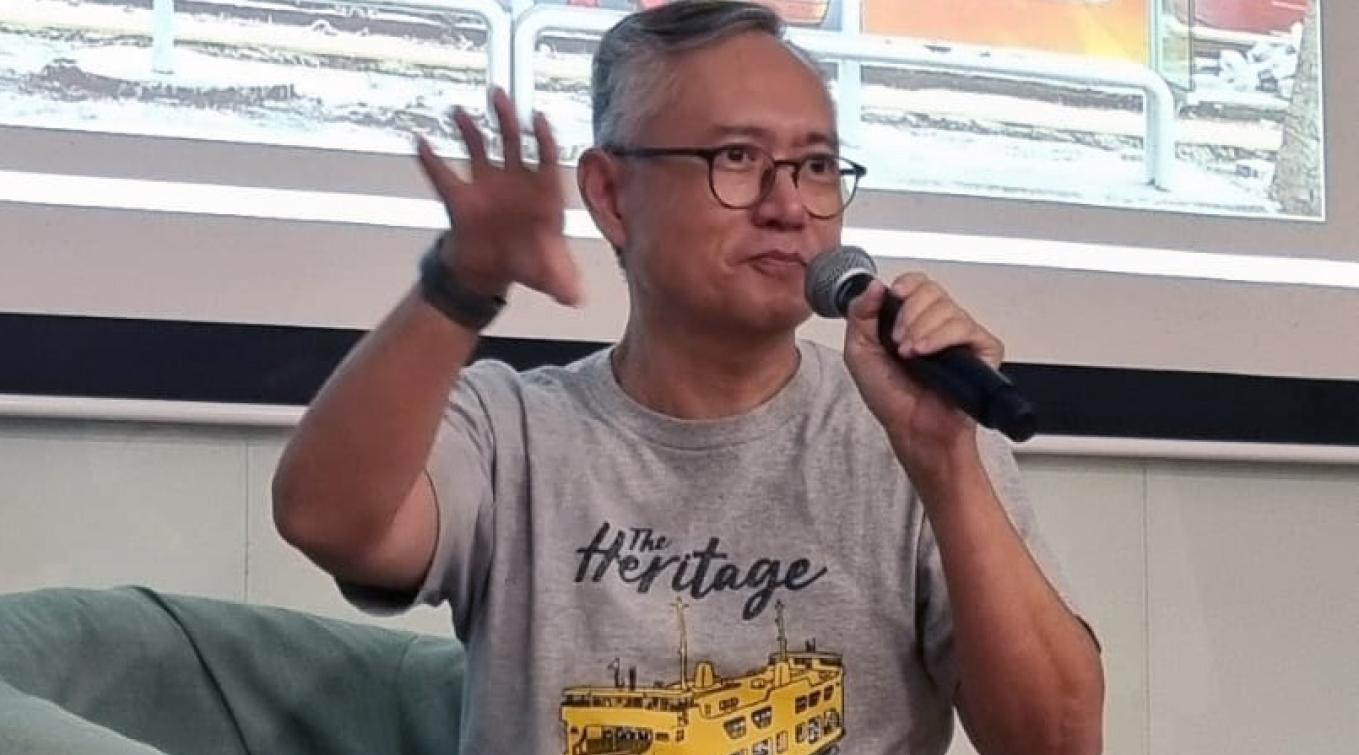What happens after art school #8: Tanya Singh on finding artistic satisfaction in her work and research practice
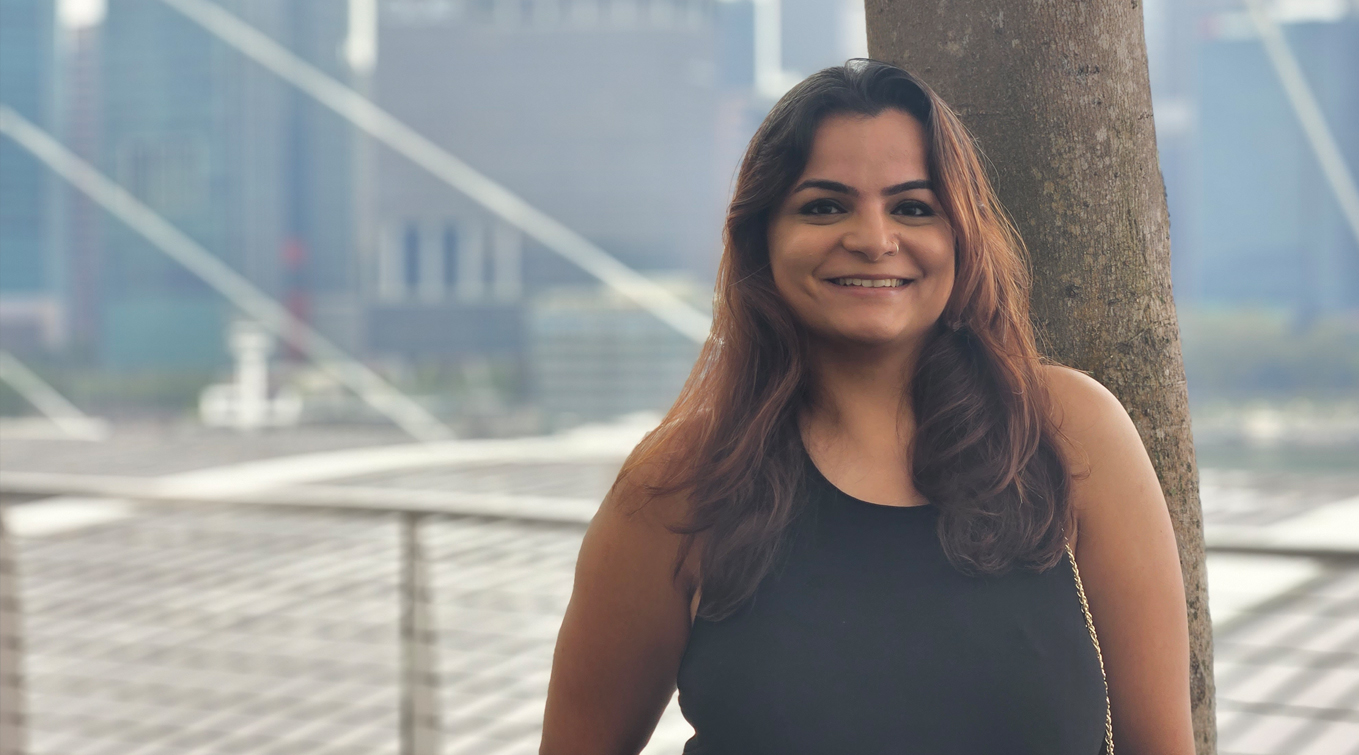
As is the case for many young artists, art was the means for Tanya Singh to find a sense of belonging. Whilst studying at a boarding school in India, Tanya discovered that art was the career path for her. She embraced this facet of herself, producing countless still life drawings in the studio and quirky illustrations in student-run print magazines.
However, while making art was something she really loved, art history was what she was most interested in even then. When it came time for further studies, Tanya realised that most colleges in India at the time did not offer the subject in undergraduate programmes. So she looked overseas, before deciding on LASALLE College of the Arts’ BA(Hons) Fine Arts programme, figuring that it gave her the best chance of studying art history as soon as she could.
That a practice-based programme would give equal attention to art history might come as a bit of a surprise, but for Tanya, studying at LASALLE opened up a whole new world. “I thought I knew a fair bit before coming to Singapore, with my having watched Mona Lisa Smile multiple times and all,” Tanya shared wryly. “But it turned out to be so much more than I ever imagined.”
Studying fine arts in Asia also led to Tanya’s interest in regional art, eventually leading her to pursue an MA in Asian Art Histories at LASALLE, where she focused her energies on comparative dialogues between the modern art produced in India and Indonesia.
Now, Tanya’s thesis research from her MA that she presented at a conference at the Australian National University has expanded to Myanmar and Thailand, and is being published in the upcoming book Historical Narratives of Global Modern Art, edited by Irina D. Costache and Clare Kunny. Tanya balances her writing and research with her day job as a business analyst at lifestyle platform Vermillion, which curates Asian art, design, and crafts for art enthusiasts as a means to spotlight the works of exceptional artists and creators from the region.
Five years after her graduation, we check in with Tanya on her journey through the creative industry as both artist and art historian, and how art is still irrevocably intertwined with her life.
Coming into LASALLE with some training and knowledge about art, how did your studies help to refine your practice?
During my bachelor’s studies, I was introduced to the concept of the Creative Process Journal (CPJ), which I absolutely geeked out over. I remember meticulously journaling about my process and documenting all my research findings. In fact, I think my CPJ was the best artwork I created. I remember it going missing during the final assessments and being in a total state of panic for a while, until someone told me that the professors had taken it as an example of a good CPJ. In hindsight, I feel like that also played a role in me deciding to go further into the theory of things rather than becoming a full-time artist.
I also remember our very first art history lecture. I walked into the classroom with Marcel Duchamp’s Fountain on the screen. My mind went from seeing it as completely absurd to absolutely genius in a matter of minutes. It set a precedent for me. I also recall a paper I wrote and did really well in (even better than the practical courses) on the iconoclastic characteristics of Islamic art for my art history class.
Thinking back, I feel like all of these little things tied together culminated in my decision to return to LASALLE to pursue an MA in Asian Art Histories. Not to mention that by then, Singapore had become home.
You mentioned that you have been passionate about art history for a while – what new or unexpected things did you come to discover studying Asian art histories?
Until I came to LASALLE, the art history I had known was very much West-leaning. In fact – and I am slightly ashamed to say this now – I even disregarded the wealth of art historical knowledge that came from India, my own home country.
Being at LASALLE was instrumental in my exploration of art history from a regional context. Throughout my BA, our lecturers always encouraged us to study art that was closer to home. I discovered that there is so much more to studying the art history of our region – from the historical circumstances of colonialism, dictatorship and regional politics to the role of the community in art and the sheer brilliance Asian artists display in their works.
Despite studying in a practice-based programme, you describe yourself as an “art historian, writer, occasional artist” in your Instagram bio. How has your fine arts training helped you in your work?
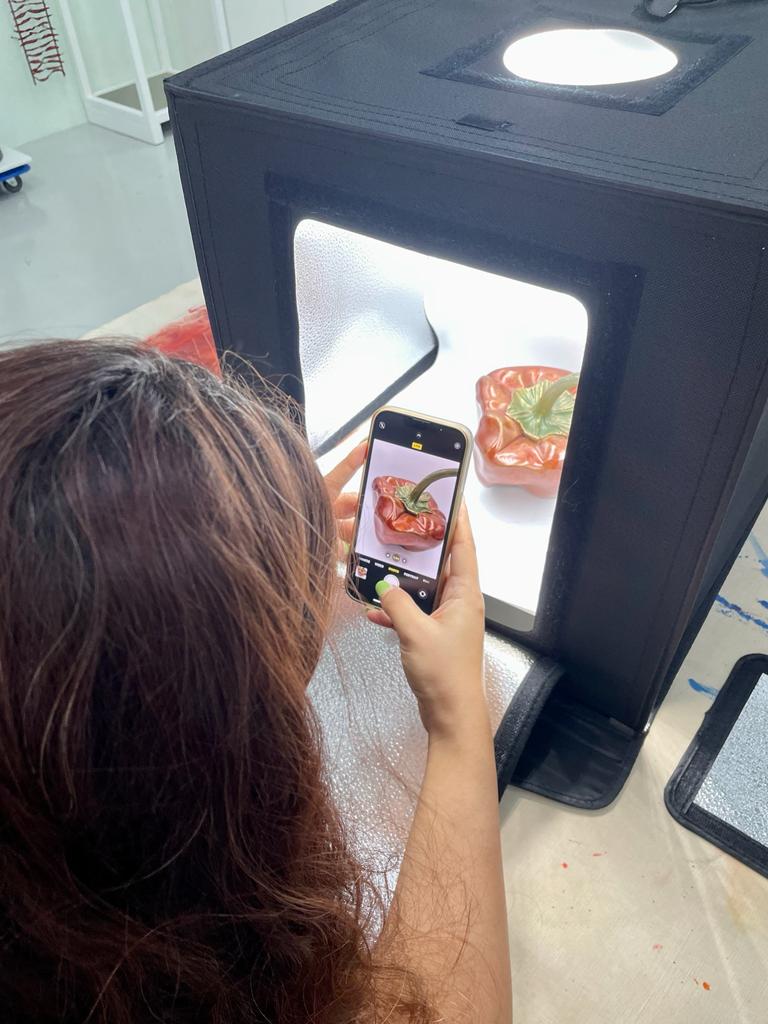
A big part of my job is to appreciate art, and more importantly, to get my clients to see what I see. Having fine arts training helps me to understand artworks better, in terms of both context and technical aspects. My training and background helps me to talk about art from a place of authority and confidence.
I also think that I get to be creative and create art on a daily basis whether that’s in a client proposal or an article – I’m just not making work for myself as often. AlthoughI have a whole list of ideas that I want to work on that keeps growing. Some day I’ll get to it, I know I will.
(Left) Tanya photographing Kumari Nahappan’s work at Vermillion.
Maintaining a personal practice – in your case, research – is very time-consuming. What keeps you going?
I remember going to Cambodia as part of the MA Asian Art Histories study trip, where it struck me that so many artists in our part of the world are creating such interesting work. And yet, while Western art history is accessible to everyone, Asian art has been neglected for a long time (or written about with bias). Seeing the works and meeting some of the artists in person during the study trip really added fuel to this fire. I decided then that I want to do something to get them the appreciation they deserve.
At Vermillion, I feel like I am partly fulfilling that wish – working with artists and artisans from the region on a day to day basis and trying to get them the eyeballs they deserve.
All of my research work so far has also been focused on trying to arrive at a new vocabulary that is specific to Asian art, so we don’t have to rely on Western terms like Impressionism or Cubism to describe it. Of course, my work hasn’t hasn’t even properly begun to shape this – and I am sure I am not alone in this project – but I hope that someday I can produce something that does justice to the brilliant artists from our region. I guess that hope is what drives me to keep going.
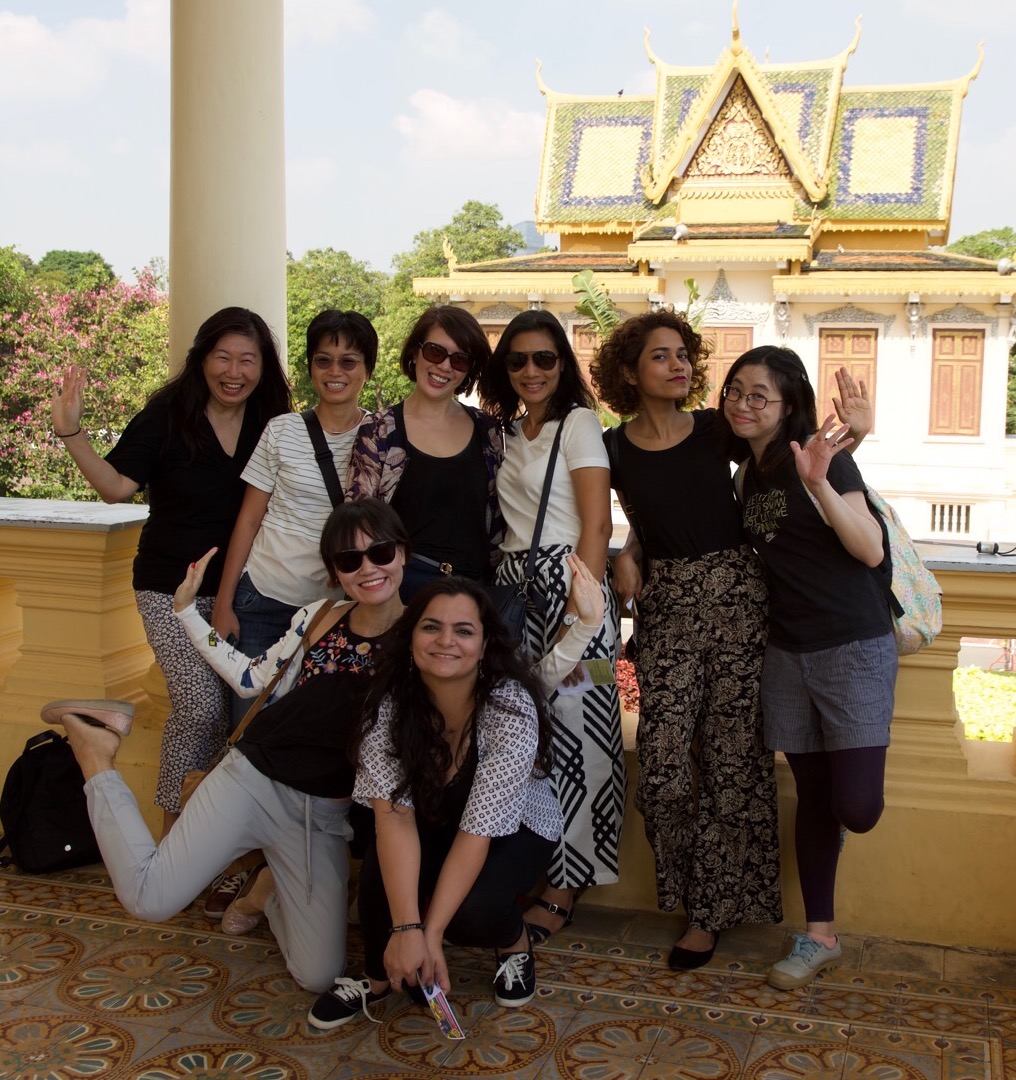
Tanya and her MA Asian Art HIstories classmates during a study trip to Cambodia.
‘What happens after art school?’ is an ongoing series that follows our alumni’s work/life after LASALLE. Other instalments:
#1: Miso Choi on how LASALLE set her on the path to Harvard
#2: Eunice Khoo on production managing Marvel films
#3: Nikhil Amarnani on starting his own recording studio
#4: Tan Wei Xiang on taking the time to build your portfolio
#5: Kiat Tan Wei Jie on not stressing over the destination
#6: Felicia Toh on breaking into a competitive industry
#7: The divergent paths of arts management graduates




